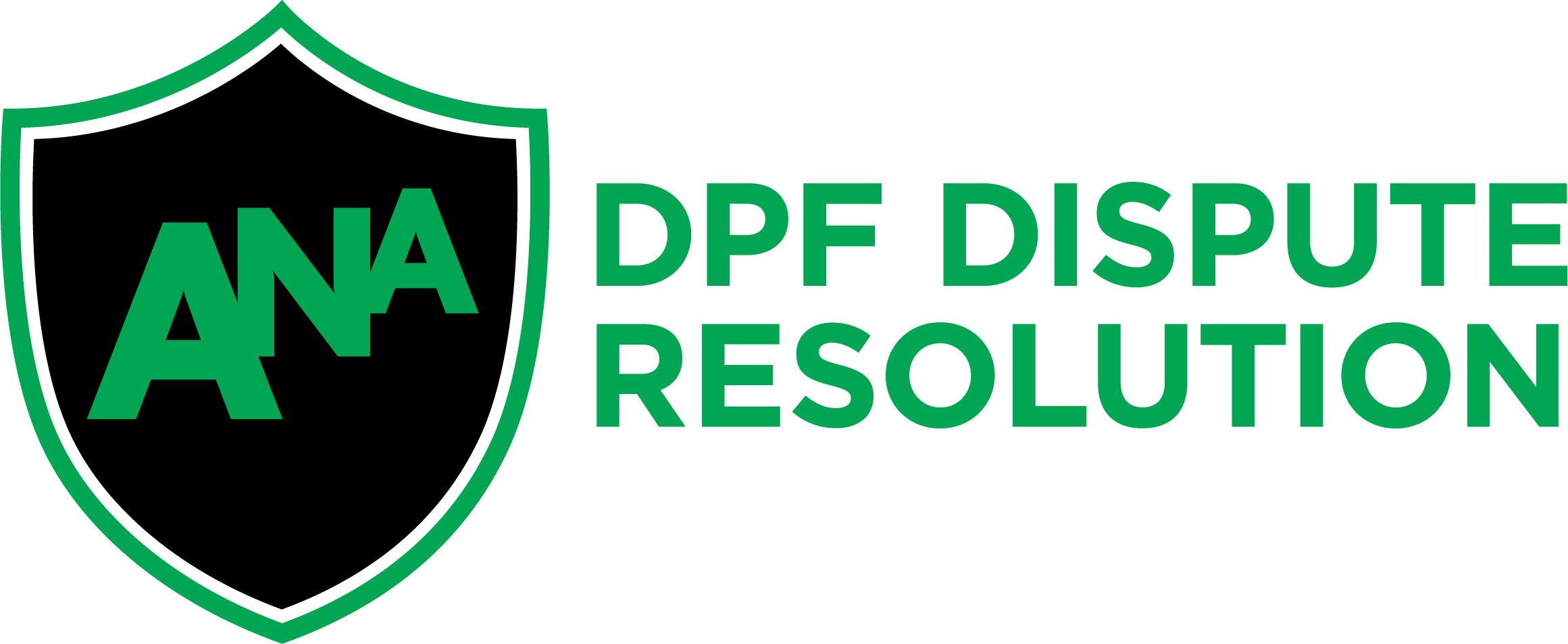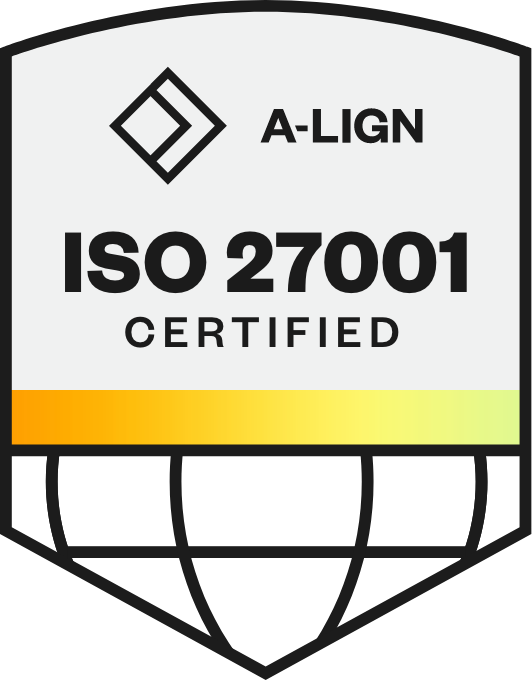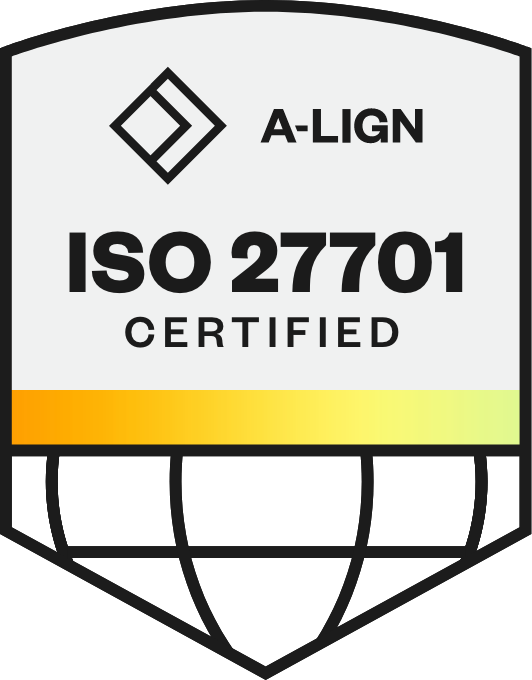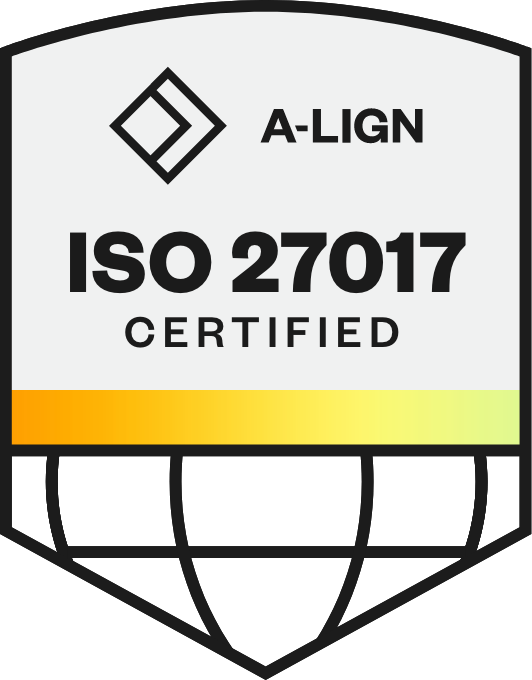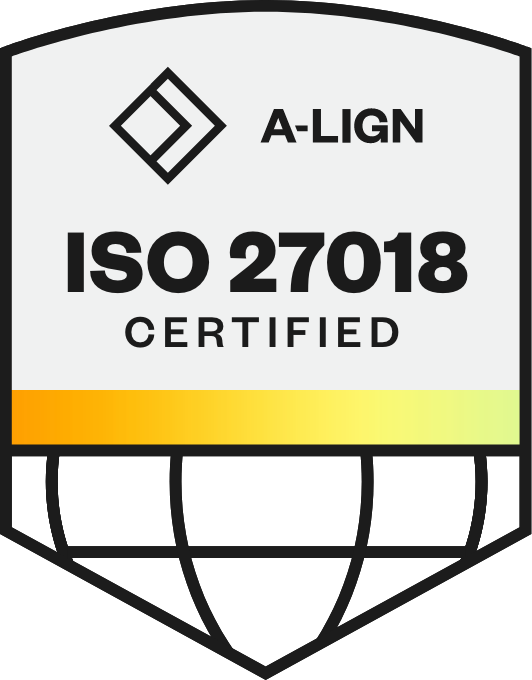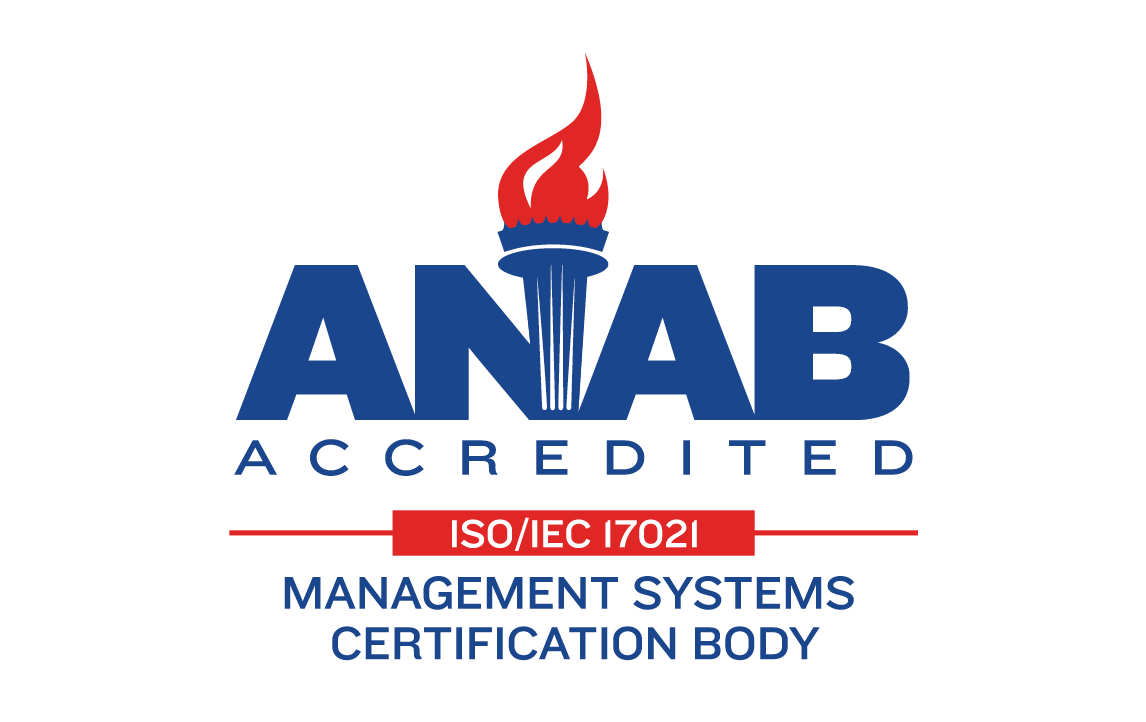
Bridging the Gap: From HR Tech Promise to Business Impact
The AI and automation revolution has arrived in HR, promising unprecedented efficiency, enhanced candidate experiences, and data-driven talent decisions. Companies are investing billions in new HR technology platforms, with nearly 90% of HR business partners planning to increase their tech investments in the coming year.
But here's the uncomfortable truth: most of these investments will fail to deliver their promised value.
While investment enthusiasm is at an all-time high, only 35% of HR leaders feel confident in the tools they're implementing. This 65% confidence gap represents millions in potentially wasted investment and thousands of hours of lost productivity.
Why such a massive disconnect?
The culprit isn't the technology itself. It's the implementation.
As Ed Newman, Founder and CEO of talentEXP, explained, "There's a lot of interest in putting in tech and a lot of concerns about getting it right."
This implementation gap has become HR's critical challenge in 2025. While vendors sell the dream of AI-powered efficiency, seamless automation, and talent intelligence, the reality of making these technologies work in complex organizational environments remains elusive for most companies.
Check out the full webinar right here or keep reading for the highlights.
Beyond the Sales Pitch: Why HR Tech Implementation Fails
HR technology vendors excel at painting compelling future visions: sleek dashboards, predictive analytics, and AI that seemingly does everything but brew your morning coffee. But what happens after the contracts are signed?
For most organizations, reality hits hard:
Data quality issues expose fundamental problems that weren't apparent during demos
Integration challenges with legacy systems create frustrating barriers
Adoption struggles leave powerful features unused as teams revert to comfortable workarounds
ROI measurement becomes nearly impossible without proper benchmarks and tracking
This isn't just our observation — it's an industry-wide crisis that threatens to undermine the entire promise of HR tech digital transformation.
Let’s unpack a proven methodology that addresses these challenges head-on.
Three Critical Pillars for Implementation Success
Successfully implementing HR technology requires a fundamentally different approach than most organizations take. Here are three essential pillars that differentiate successful implementations from failed ones:
1. Define your "why" with ruthless clarity
Implementation success begins with a crystal-clear understanding of your objectives. Simple, right? Not so fast.
When looking for solutions that impact how your organization attracts, engages, retains, and evolves talent, it's tempting to boil the ocean and do it all at once. But this is exactly where many implementations fail—by losing focus on the specific business challenges driving the purchase.
We've all experienced it: the excitement of new technology has stakeholders dreaming of solving every HR pain point overnight. Suddenly, your focused implementation morphs into a complete talent management overhaul. This jump in scope is the implementation's silent killer.
Newman shared that most HR tech business cases fall into three primary categories:
Speed — the need to fill jobs faster
Cost — the company is spending too much money and we must figure out how to reduce it
A combination of both
These fundamental drivers haven't changed, even as technology has evolved dramatically. What has changed, according to Nyoka Toler, Senior Director of Global Delivery at Phenom, is the increased focus on skills and internal talent development. "Skills is a hot word and a hot topic in the world today... Folks are looking at retention, they're really turning internally to their internal capacity and resources to upskill their teams. Talent Marketplace, gigs, and mentoring are really hot and heavy in the last two quarters."
Implementation Pro Tip: Document your specific objectives and required outcomes in concrete, measurable terms before any technology purchase. Skip the fancy PowerPoints and complex project plans for now. As Toler recommends, start with something simpler. "Document your why, document your goals, and your requirements... In its simplest form: here's what we're trying to solve and here's how the technology or the tool will help us solve it."
2. Map twice, implement once: Phenom's dual-mapping approach
What makes Phenom's implementation methodology stand out is our comprehensive dual-mapping approach. This year, we have evolved our implementation process to focus more heavily on upfront planning, addressing both the technical and human sides of implementation success.
Technical Landscape Mapping: Ensuring Seamless Integration
At Phenom, we've made technical landscape mapping a pre-sales priority. Before you even sign a contract, our team works with you to evaluate all your current HR technology and tools, showing exactly how Phenom will integrate with your existing technical ecosystem.
This upfront assessment ensures that you will be infrastructurally successful and that Phenom will incorporate into your core HCM ecosystem to uplift it, not disrupt it. In our pre-sale cycle for our enterprise-level Global customers, for example, we look at where there may be redundancies or friction points and assess how technology is going to flow in and out from point A to point Z.
We've learned that waiting until after purchase to consider integration issues leads to costly delays and frustration. That's why we insist on doing this work upfront. As Toler colorfully puts it, "You don't want to buy it and then realize it doesn't fit. You try the dress on in the store... It's that same concept with technology landscaping. It's why we do it up front."
Business Process Mapping: Aligning People and Workflows
The second pillar of our methodology addresses what is often the most challenging aspect of implementation: the human factor. Business process mapping is all about change management: accepting that you're purchasing a new set of tools and your people and workflows need to be aligned to achieve adoption and show ROI.
Newman shared a powerful technique we use for business process mapping: "We've sort of flipped the script on the swim lanes. Rather than the swim lane being the role, we make the swim lanes the systems or the platforms, and then the boxes that go on the chart are color-coded to represent the resource."
This innovative approach offers a crucial benefit: "If you do it this way and you start seeing that same color box jump swim lanes, that's introducing friction into your process because now you've got somebody who's going to have to work in two different systems."
By visualizing the process this way, we can immediately identify and eliminate friction points that would otherwise hinder adoption.
Both technical landscape mapping and business process mapping must be explored before you sign your contract — especially technical landscape mapping. At Phenom, we believe in "measure twice, cut once" and investing time upfront to ensure your implementation journey will be successful from day one.
3. Prepare for the "Curve of Despair": The reality of ALL implementations
Let's be brutally honest — implementing new HR technology is a journey with predictable emotional highs and lows. No matter how well you've defined your "why" or mapped your technical landscape, there will be moments when team members feel discouraged. Why? The data doesn't match. The implementation seems to be taking forever to go live. Testing stretches into what feels like eternity. And inevitably, team members start to lose hope in the new solution.
Newman calls this predictable psychological journey the "change curve of despair," and understanding it is crucial for implementation success. "You start out really excited — new project, new technology, we're really looking forward to it. And then you start peeling back the layers and realizing how much work there is to do... You get down into what I call the pit of despair. And then you work through all those issues, and by the time you're up and running, you're better than you were before."
Every implementation will go through this curve. The question isn't whether you'll hit the "pit of despair," but how you'll navigate through it.
Newman emphasizes the importance of having experienced guides on your team, people who have been there and done it before. That type of support allows the people who might be worried about implementation to relax. They can share how they’ve handled it in these other situations, and how to tackle it today.
Toler agrees, highlighting the critical importance of the team you assemble: "Your core team when you define that project Charter is really critical to your success. You need folks who understand your why and the reasons for buying, who believe in and buy into your organizational goals, who can communicate effectively across teams, and who always see that light at the end of the tunnel."
This is precisely why Phenom's Global Professional Services team is structured with experienced implementation experts who have collectively delivered hundreds of successful implementations. When you're in the pit, you need someone who's climbed out before to show you the way.
Proving ROI: Making Value Measurable From Day One
Perhaps the most critical element of implementation success is the ability to measure and communicate ROI. This becomes especially challenging when you're in that "pit of despair"—the moment when stakeholders start asking "What are we getting for this investment?" while you're still in the thick of implementation challenges.
Newman emphasizes that successful ROI measurement starts with clear metrics from day one: "When it's speed, cost, or quality, you need to convert that into something that's measurable. Because a lot of times it doesn't get down to that level of granularity, and if you don't know how you're going to measure it, you could find yourself six months in and having a hard time showing what you got for it."
Many organizations struggle with this because they don't establish benchmarks before implementation. For example, if you don’t know how long it’s taking to fill jobs, how do you know if you’ve reduced time or not?
The key insight is planning for measurement from the beginning and making it part of your configuration decisions."If you do this up front, when you're making your configuration decisions, you can make those decisions in the context of 'we've got to create the digital footprint that's going to produce this data," said Newman.
Phenom's implementation methodology incorporates ROI measurement planning from day one, ensuring customers can clearly demonstrate the value of their investment. Here are some critical components of a strong ROI story:
Clear Timelines and Delivery Milestones: Setting realistic expectations and meeting them builds stakeholder credibility. When implementation milestones are achieved on schedule, it reinforces confidence that the promised ROI is on track.
Adoption Metrics: Technology ROI isn't just about the system working — it's about people using it effectively. Tracking adoption metrics at each phase of implementation provides early indicators of success. These might include:
Number of users actively engaging with the system
Completion rates for user training
Reduction in support tickets related to system usage
User satisfaction scores
Consistent Communication: Regular updates on progress against established metrics keep stakeholders engaged and manage expectations during the inevitable implementation challenges. As Toler emphasized, "There is no such thing as over-communicating. You can communicate the wrong things, but if you are communicating the right detail and the right information that align and is supported with your data and what you're trying to achieve, there's no such thing as overcommunication."
From Implementation to Business Transformation
Successful implementation isn't just about getting new technology to work — it's about transforming how your organization acquires and develops talent. Ed Newman's book Phenom Do outlines three critical success factors:
Having correct data
Designing for experience first and compliance second
Getting support for the entire operation
The third point is particularly crucial—implementation doesn't end at go-live. As Newman explains: "You've got to make sure that you are supporting the user base every step of the way because you're always going to have new problems, new challenges, new things to solve. You've got to have somebody who's supporting the operation."
Closing the Implementation Gap: Your Next Steps
After hundreds of successful implementations between them, Newman and Toler distilled their advice into three key principles that align perfectly with the roadmap we've explored:
Define Your "Why" and Make It Measurable: Document your objectives, create clear business requirements, and ensure your chosen technology aligns with your specific needs.
Map Both Your Technical Landscape and Business Processes: Take the "measure twice, cut once" approach and understand how new technology will integrate with your existing systems and how your people and processes will adapt.
Make Change Management Your Ally with Continuous Communication: Acknowledge the inevitable "pit of despair," surround yourself with experienced guides, and maintain transparent communication throughout the journey.
As Toler summarizes: "It is not a sprint, it's a marathon... Think iteratively, think with scalability. We want to build and design something that is scalable."
Ready to Transform Your HR Tech Implementation?
Phenom's Global Professional Services team offers implementation packages designed to bridge the gap between purchase and realized ROI. With dedicated project managers, solution architects, and change management experts, Phenom customers benefit from a proven methodology that has delivered success across hundreds of implementations.
For more information on implementing Phenom's Intelligent Talent Experience platform, visit Phenom Global Professional Services. There, you can explore implementation packages designed to provide a clear roadmap for success.
Get the latest talent experience insights delivered to your inbox.
Sign up to the Phenom email list for weekly updates!



